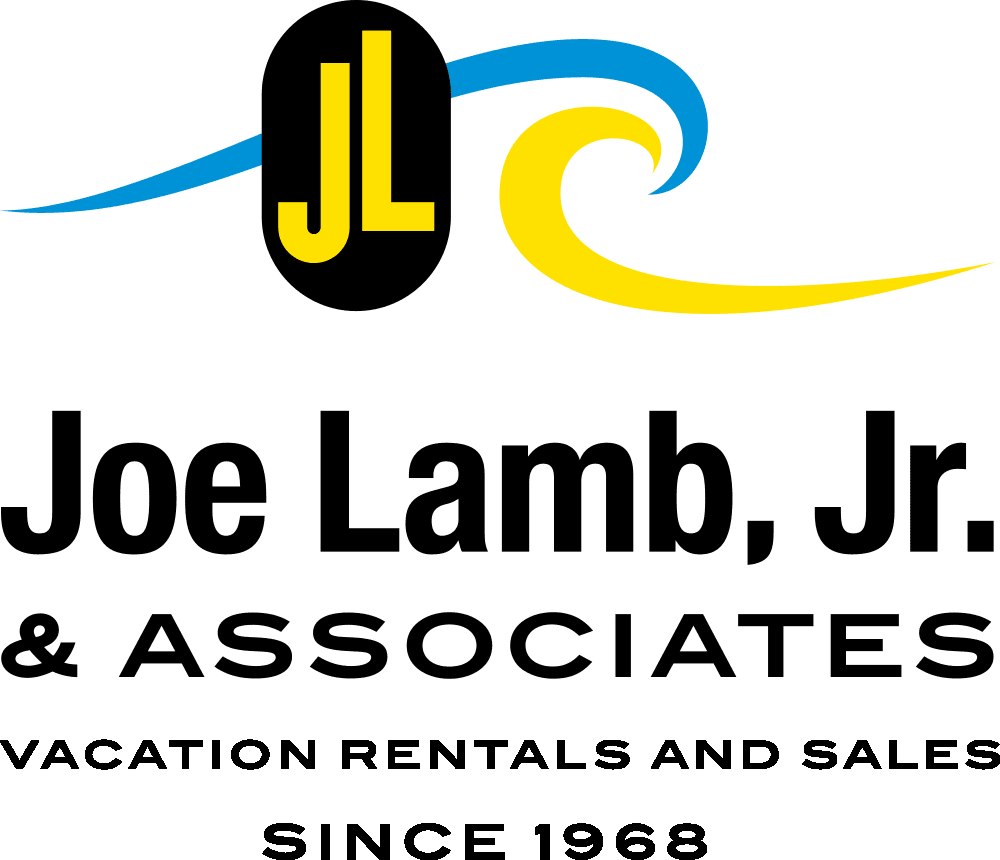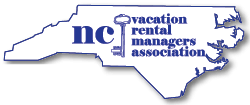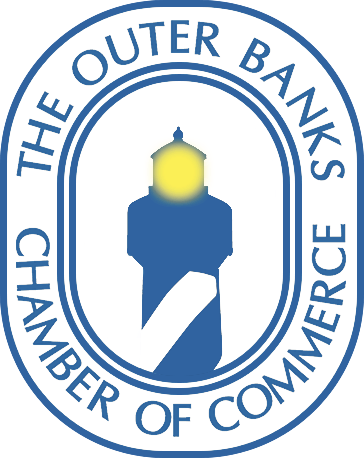
It's Pirate Week on the Outer Banks-at least for the end of the week with the Outer Banks Pirate Festival happening at Kitty Hawk Kites in Nags Head. So to help the uninformed or the visitor who wants to fit in with the local pirate culture, we humbly present the Joe Lamb Jr., & Associates list of little known pirate facts.
Shipboard rules for pirates in the 17th and 18th centuries were subject to a majority vote by the crew. The crew decided on the captain, mates and personnel. The captain retained absolute authority during battle, but if the crew was dissatisfied with is handling of the ship he could be removed-rare but it did happen.
Many pirates were recruited from captured merchant or navy ships. Conditions on merchant and naval ships were harsh, cruel and dangerous. A pirate's life might be dangerous, but the rules of how a pirate ship would operate were seen as a vast improvement for many.
Pirates needed a friendly port to unload their ill-gotten cargo. Ocracoke was a favorite port for contraband in North Carolina.
Although the image of pirates sitting on top of a treasure chest of jewelry and coin is popular, most of the booty captured by pirates was much more mundane cargo-cotton, sugar, rice perhaps lumber.
Blackbeard the Pirate was the best known but by no means the only Outer Banks pirate. Stede Bonnet and John "Calico Jack" Rackham also made a local name for themselves.
John Rackham was nicknamed "Calico Jack” because he preferred calico clothing. He is the pirate who flew the Skull and Crossbone flag.







